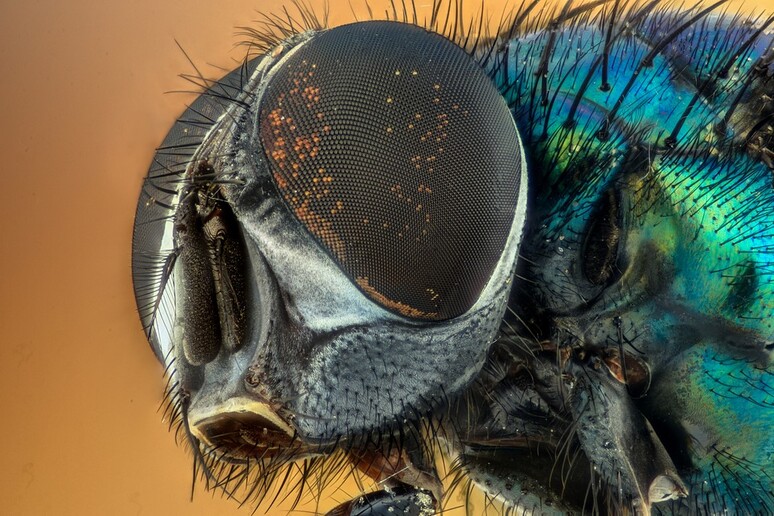Anti-collision sensors inspired by the nerve circuits of insects make cars safer at night: small and
energy-efficient, they allow to detect the obstacle 2 or 3 seconds in advance, giving the driver time to
enact an emergency maneuver. The result is published in the journal ACS Nano by Penn State
University.
Nowadays many road vehicles are equipped with anti-collision systems that brake automatically when
they perceive an obstacle. They typically do that by analyzing an image of the space around the car,
but this task is difficult in pouring rain or low light and requires the use of complicated signal processors
to interpret what little is visible. Another method is to incorporate radar sensors (LiDAR), but these
devices are difficult to miniaturize and require a lot of energy.
To overcome these difficulties, US researchers took inspiration from insects such as flies and locusts,
which are able to move without bumping into each other. The team devised an algorithm inspired by the
neural circuits of these insects, that instead of analyzing the image of the space around the vehicle,
only assesses the intensity of the lights of the other vehicles. Without the need for an integrated
camera, sensing and processing units were combined to make the overall device smaller and more
energy efficient.
The sensor (which consumes tens of thousands of times less than current systems) is composed of
eight “memtransistor”, photosensitive elements that operate in a way similar to a neuron, built from a
layer of of molybdenum disulfide (MoS2) organized onto a circuit. Tested in real conditions, at night, the
device has shown that it can warn of a potential collision between two cars two or three seconds before
it happens, allowing the driver to implement an avoidance maneuver. According to the researchers, this
new sensor could make current collision avoidance systems more effective.
Riproduzione riservata © Copyright ANSA













